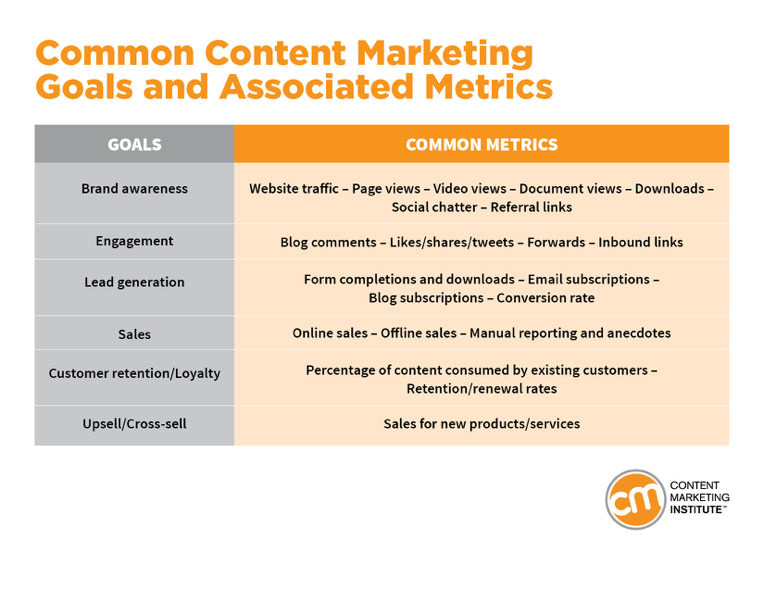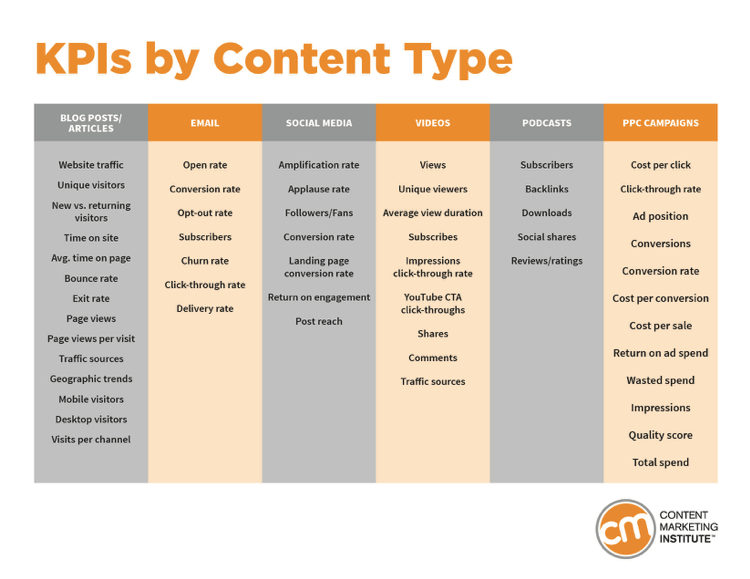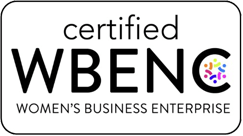Most marketers understand the importance of content marketing for lead generation. But if you want to measure the impact of your brand’s content strategy, certain metrics matter most. Here are the most relevant ones for the life sciences and biotech industries.
The pharma industry is going through some major changes. With a global market size valued at USD 752.88 billion in 2020 and expected to further expand at a compound annual growth rate (CAGR) of 15.83% until 2028, biotech has become an increasingly competitive medium for many entrepreneurs.
This means that measuring performance for both market products and launching campaigns is critical for the success of biotech and life-science-related companies. By monitoring and tracking your company’s performance, you will be able to focus your team’s efforts on the areas that can use improvement.
But when it comes to content marketing performance, one can’t help but wonder which metrics are the most important for growing a business. Is it organic search? Is it page views per visit? What Key Performance Indicators (KPIs) should you prioritize when preparing your content marketing strategy? Take a look at the images below to get an idea of what KPIs you should be using based on your goals and for what type of content you are producing.


What Are Content Metrics?
Learning the intricate metrics that you can use for measuring your content marketing strategy performance is extremely useful. Taking the time to understand how they work will impact the trajectory of your company — and give you real data to work and decide from.
Basic metrics deal with consumption. In other words, how many people have viewed or accessed your content.
What Is a Content Marketing Dashboard?
A content dashboard is the easiest way to combine and portray your content marketing strategy’s KPIs.
Dashboards act as simple and easy-to-interpret containers of information as they show, in a snap, all your company’s relevant marketing performance metrics. Think graphics, arrows, funnels, and highlighted numbers, all displayed within the same screen or presentation. Do not confuse these with reports. Reports are usually extensive data sets that require analysis and a deep dive into the numbers and metrics.
Let’s dive in and see which are the key metrics you need to include when building content dashboards:
Number Of Users
How many unique visitors browsed a particular page on your website.
Number Of Page Views
How many times a particular page on your website is viewed — whether it is a product page, advertisement, review, or blog post.
Number Of Unique Page Views
This informs you of the number of sessions during which a particular page was viewed, combining page views generated by the same user on the same session.
Useful platforms such as Google Analytics, Google Search Console, and Google Data Studio will allow you to combine the resulting consumption metrics with several additional insights. For example;
Location
This will help you focus on a targeted audience that finds your content relevant. You can promote and advertise your services in a specific city or region.
Source/Medium
Keeps you updated on the amount of content consumption taking place by channel and platform, so you can better customize your content according to each medium’s distinct lingo.
Mobile vs. Desktop
Is your content consumed more on mobile devices or on desktops? Being aware of this will help you focus on a format. Easy to view video infographics are better for mobile users, while desktop allows for a more traditional long-form.
What Are The Four Key Types Of Content Metrics?
A good digital marketing strategy can forge a relationship between your brand and your potential client pool. It can also establish you as an authority within the industry.
Evaluating the performance metrics of your content marketing efforts from creation all the way to distribution is key. However, keep in mind that only 8% of marketers consider they have a successful content marketing ROI track record. And biotech plus life science companies may find the effectiveness of their content difficult to measure.
There are four key metrics to keep in mind when building your content strategy:
Consumption/Engagement
Engagement is, by far, your top priority in regards to social media platforms. It is the main improvement incentive for all the other social media KPIs. In short, engagement measures the number of likes, shares, and comments your social media updates generate.
Sharing
Content marketing and social media are a perfect mix. You can market your material to a huge number of people and grow your target audience in a matter of minutes. A boost in organic shares, also known as a viral effect, is a sign that your marketing strategy was efficient. Tracking your social shares within each platform is also a good idea.
Sales
Growth in sales means growth for the company. Use professional KPI dashboards to monitor your sales reps’ performance, target industry, and area. A positive sales growth over a specific period means your strategy is yielding positive results.
Lead Generation
This is basically your balance sheet at the end of a period. To measure the Lead Generation KPI, you simply need to calculate the amount of money spent on gathering necessary impressions to generate your leads.
Then, add the amount spent on follow-up activities that encourage your leads to convert into a sale. Divide the number of sales the campaign has generated by the total cost involved.
Other Essential Metrics For Building a Content Dashboard
Once you’ve got the hang of the four essential metrics, you can move on to phase two: building the content dashboard.
A content dashboard offers valuable insights regarding the overall impact marketing has on a business. Its purpose is to:
- Show Key Performance Indicators
- Present a consolidated view by integrating data from various sources
- Measure the overall results of a marketing strategy
Moreover, when selecting the metrics to include in a content dashboard, analyze and focus on;
Website Traffic And SEO Success
The SEO Traffic KPI measures the amount of both organic and paid visits to your website. SEO should be analyzed within the broader context of your site’s performance and marketing achievements. SEO traffic can be deceiving. Consider combining this metric with the Keyword Opportunity KPI, link building metrics, and organic traffic.
Exposure And Authority
This metric occurs both online and offline. When people begin to see you as an authority, this impacts your reach and the potential to generate leads and sales.
Online, you can use a topic keyword to track what searches your site shows up for. For example, when someone Googles “best life science consulting firms,” your logo better come up on the first page. Offline, keep a spreadsheet of all media outlets that granted coverage, all invitations honored to an event, and so on…
By improving your brand’s performance, more and more people will recognize it as an authority, which will lead to increased business referrals and sales.
Bottom Line
The most important question any content marketer in the life sciences field needs to ask themselves is “Why am I creating this content?”
Keep in mind the metrics you decide to use are directly related to your objectives. So what is it you are trying to achieve with the next piece of content? Are you trying to boost brand awareness? Generate leads? Focus on customer retention?
Outline your goals from the start but remain adaptable to the ever-changing online medium.
Looking for a better understanding of content marketing metrics and how to include them in dashboards when measuring the success of your inbound marketing campaign?
At Sciencia Consulting, we will work with you to create marketing strategies that represent your voice and help you measure success. Contact us today!
You might also enjoy:




